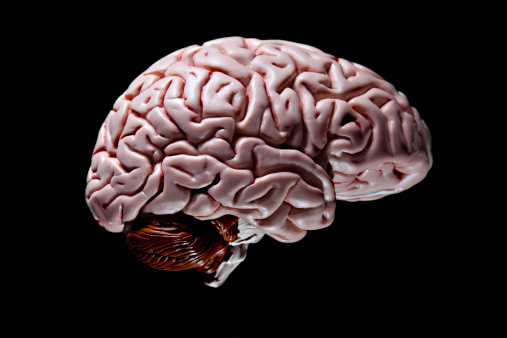Difference Between Typical and Atypical Antipsychotics

Typical antipsychotics and atypical antipsychotics drugs are used to treat the condition of psychosis. The former drugs classify as first generation antipsychotics. On the other hand, atypical psychotic drugs classify as second generation antipsychotics. Both types of drugs are used to treat psychiatric conditions and problems. Both generations of the drug work by blocking the molecules in the brain’s dopamine path-ways. The side effects of atypical antipsychotics are much less if compared to the typical antipsychotics. Moreover, the efficacy of atypical antipsychotics is more in comparison with typical antipsychotics in the cure for psychosis.
The discharge of atypical antipsychotics is more speedy than the typical antipsychotics. As a result of this, the probability of patients relapse into psychosis is more with atypical antipsychotics. This is due to the fact that they are not working inside the brain. Also, typical antipsychotics are more likely to result in extra pyramidal motor control and ardive dyskinesia disabilities than the atypical antipsychotics. Remember that you can easily stop taking atypical antipsychotics as they are less addictive than typical antipsychotics. It is important to understand that atypical antipsychotic drugs are prescribed more often than typical psychotic drugs. Atypical antipsychotics cannot generate prolactin in the serum. Withdrawal symptoms are more likely with typical antipsychotic as the dependency is high in contrast with atypical antipsychotics. Lastly, akathesia is expected to be less intense than the typical antipsychotic.
Instructions
-
1
Typical antipsychotic
They are also known as first generation antipsychotic drugs and are mostly used for the treatment of agitation, acute mania and a few other diseases. The drug is classified into 3 classes of low, medium and high potency. They can cause extra pyramidal motor control illness in people which is there even after you stop taking the drug. The symptoms consist of body tremors and rigidity. Moreover, side effects include dry mouth, weight gain, stiffness and muscle cramping. Another major side effect is Neuroleptic syndrome symptoms which include an altered mental frame and high fever.

-
2
Atypical antipsychotic
It is drug approved by FDA for use to treat depression, bipolar and acute mania. It is less likely to result in extra pyramidal motor control in the patient. Nevertheless, it might also cause weight gain, dry mouth, muscle cramping and stiffness.








